An Ormolu Eight-lights Chandelier, each arm held by Indian masks with two lights in inverted console.
The cask in stylized baluster partially adorned decorated with winged female masks, a pinecone with damping, and the ram in baluster vase with a chain.
Louis XIV Style
Circa 1870
Total Height with originbal chain 118 cm
André-Charles Bolt called André-Charles Boulle, was born on November 10, 1642 in Paris, died on February 29, 1732 in the same city, is a cabinetmaker, foundress, chiseler, gilder, and French draftsman of the seventeenth and eighteenth centuries.
Cabinetmaker of the king, he was the inventor of the marquetry «part» and «counter-part», became the marquetry «Boulle», Part of the success is explained by the supplies to the yard of the Palace of Versailles for which the workshop produces.
From 1680 onwards, many prestigious pieces of furniture were the first of his time to apply gilt bronze to cabinetry. The main cabinetmaker of his century, his longevity and his success with his contemporaries explain the profusion of his works.
Finally, Boulle’s contribution to the field of bronze furniture is considerable. If he uses gilded bronze to amplify the richness of the furniture, it also serves as a "termination" to protect the most sensitive parts such as the angles and feet and to help erect the scales plates. It employs it in all its diversity. First and foremost melted, engraved and gilded with mercury from original models modeled and molded in plaster to make mascarons, Spanish, cartels. In addition to these embossed motifs, there are lock entries obtained with the same technique. He also makes chopsticks that form frames.
Boulle also produces bronze objects for watchmaking (clocks), chimneys (andirons) or the lighting, helping to diversify a bronze production hitherto confined to sculpture and which became the most powerful industry of decorative arts in the 19th Century.
More generally, Boulle participated in the rediscovered influence of the French decorative arts, Italy and Flanders having taken over this market since the end of the 15th century. In addition to his private clientele, which included the Grand Condé, he also worked for the electors of Bavaria and Cologne, the king of Spain, and the dukes of Lorraine and Savoy. Supported at his beginnings by Colbert, who wanted to develop the arts and manufactures in France and promote exports, Boulle embodied the striking success of this policy. The somewhat pompous somptuosity of his achievements fully serves the magnificence of the Sun King, other monarchies and the powerful.
Marqueteries in the genre of Boulle also had success under the reigns of Louis XVI and Napoleon III.
He published a set of new drawings of furniture, works of bronze and marquetry.





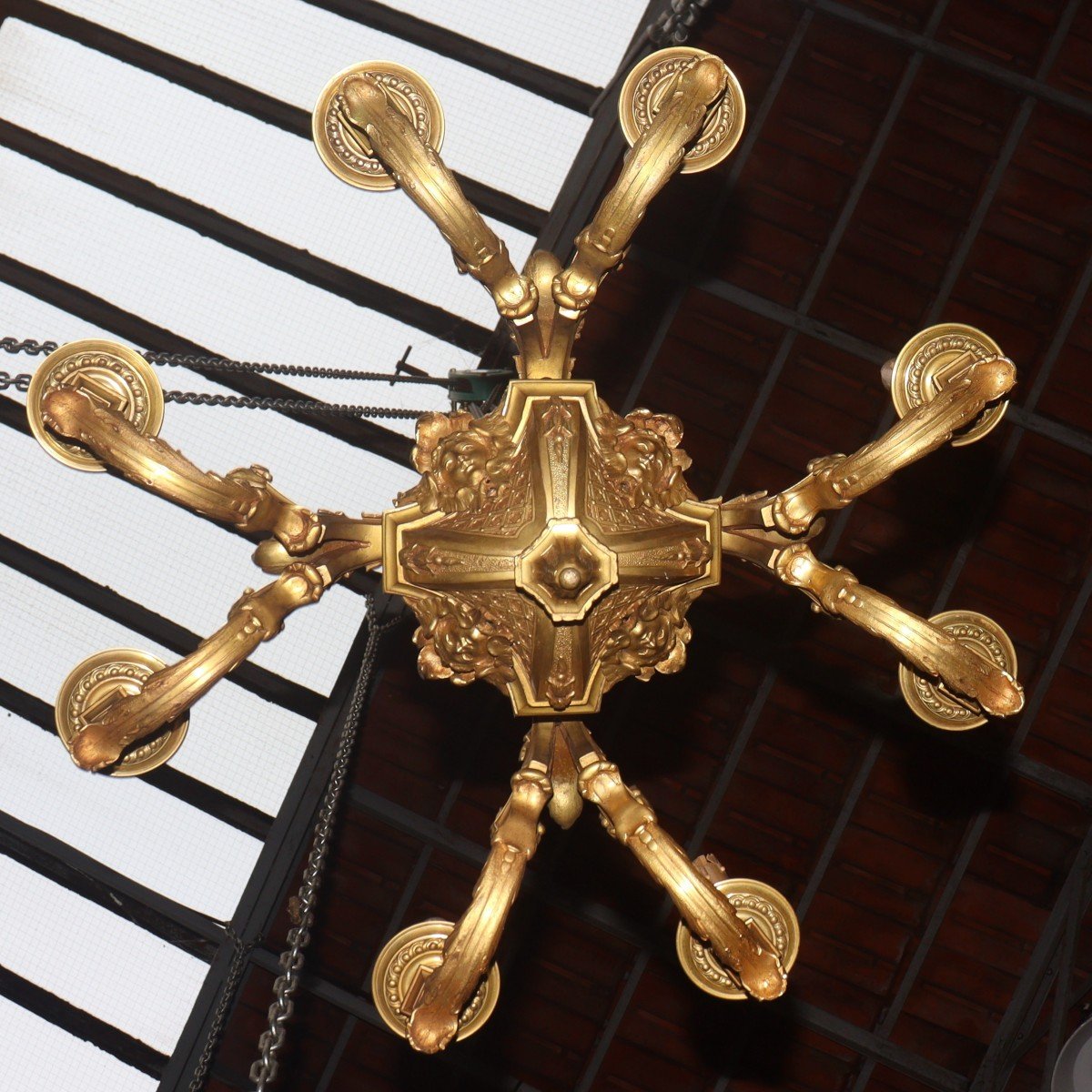
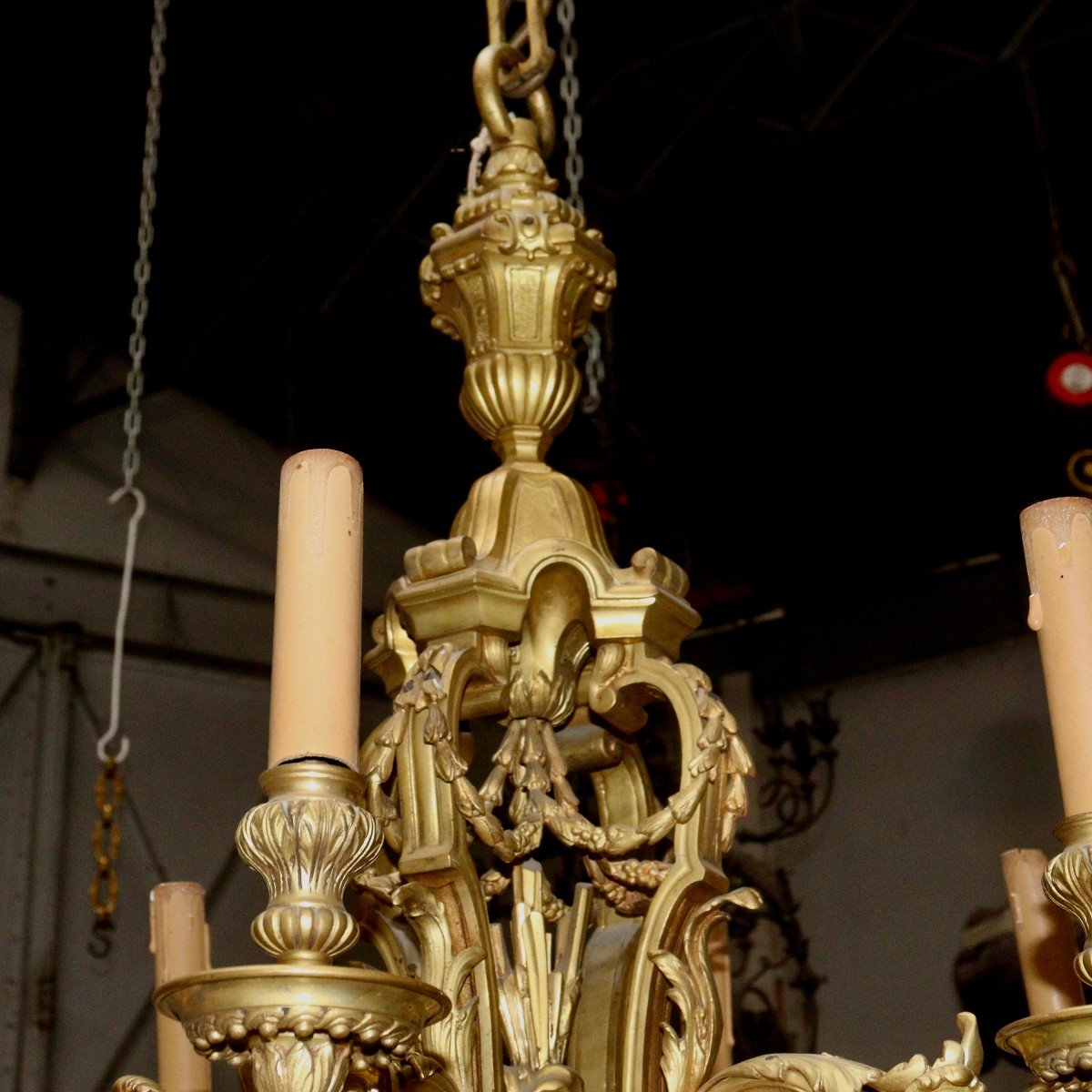


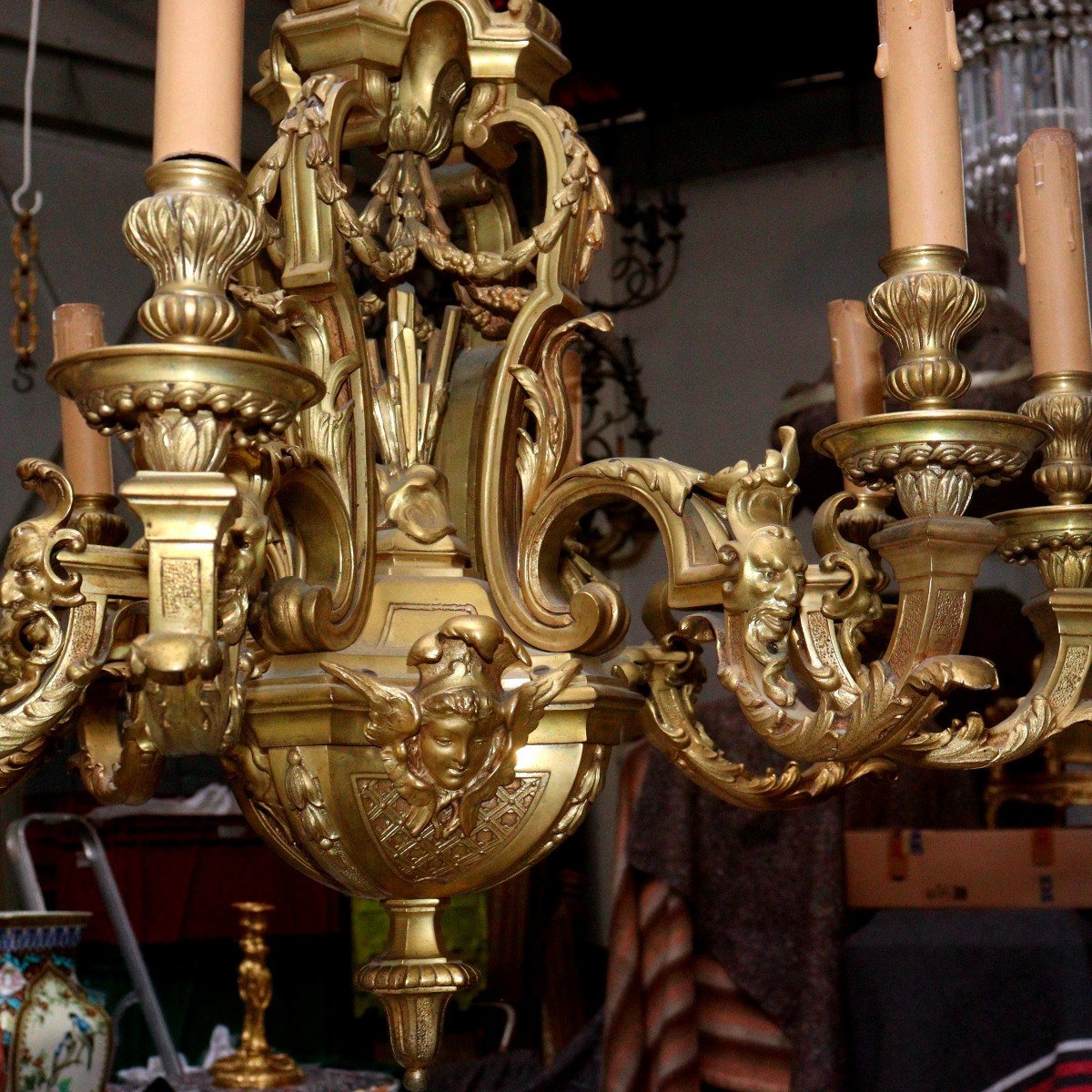























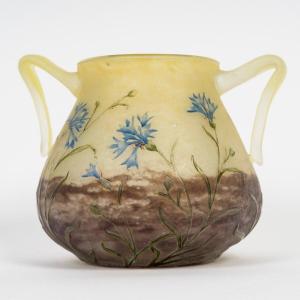
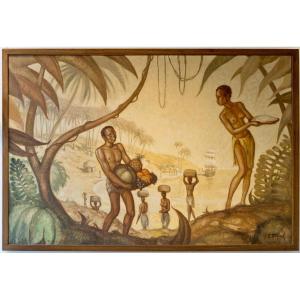
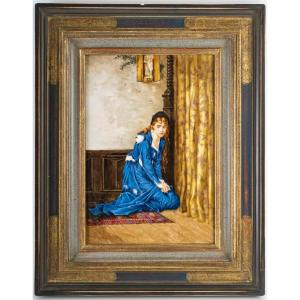

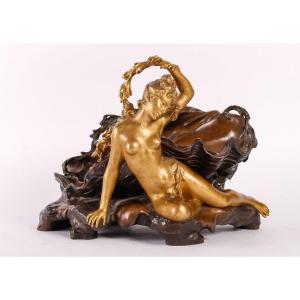
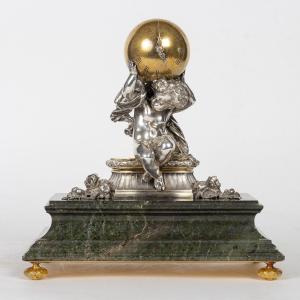

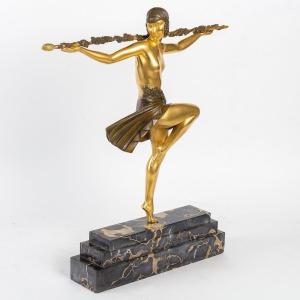





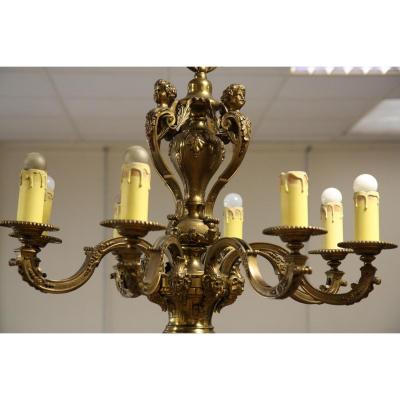



 Le Magazine de PROANTIC
Le Magazine de PROANTIC TRÉSORS Magazine
TRÉSORS Magazine Rivista Artiquariato
Rivista Artiquariato